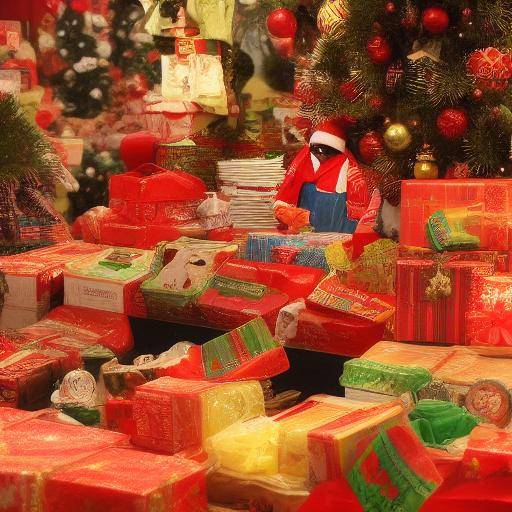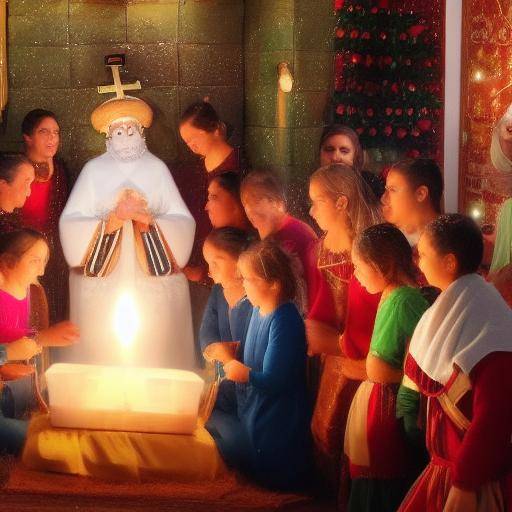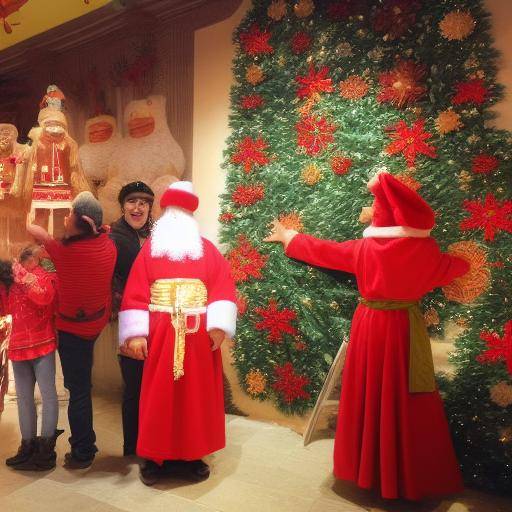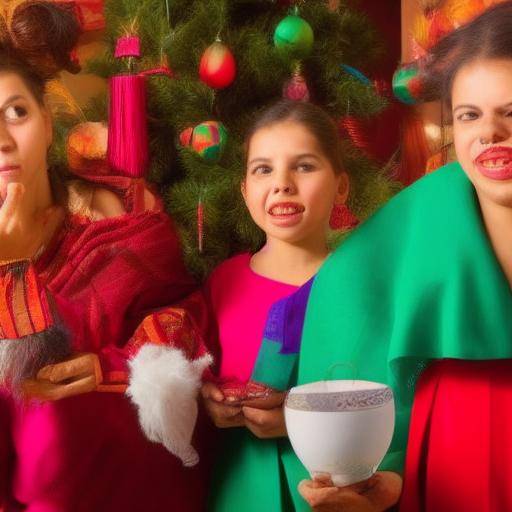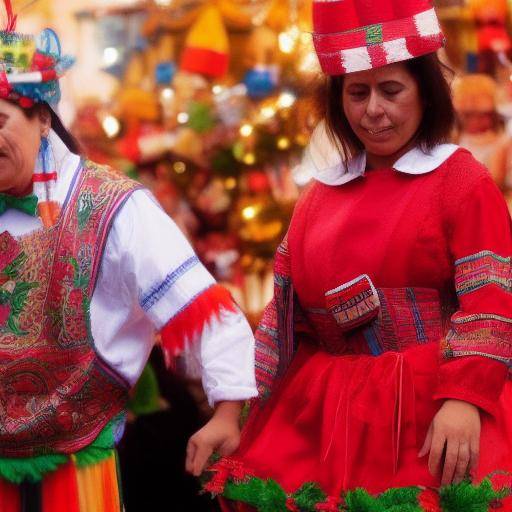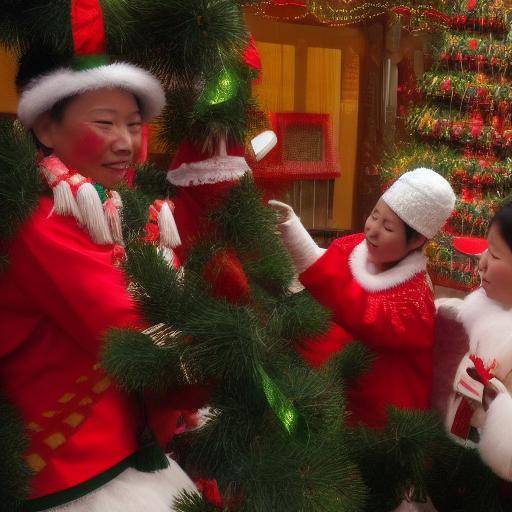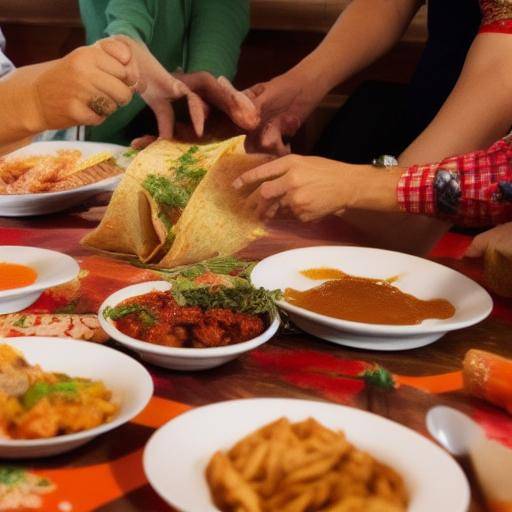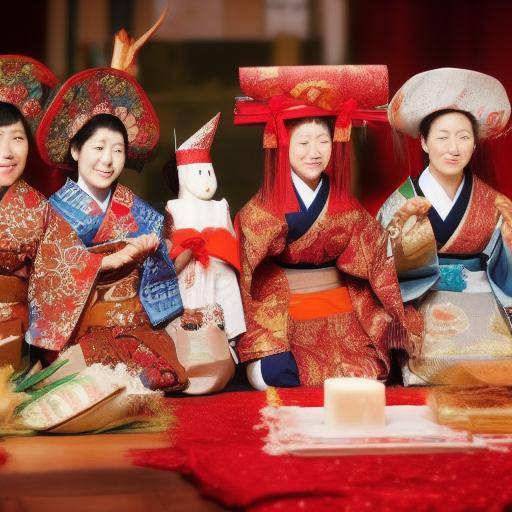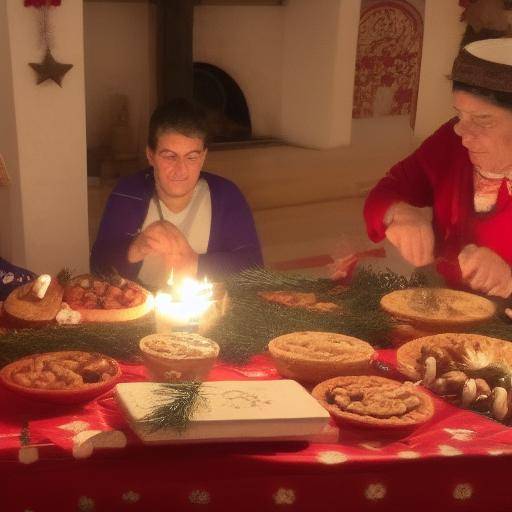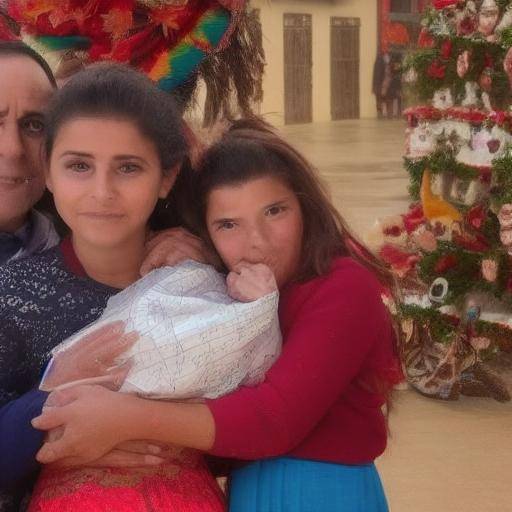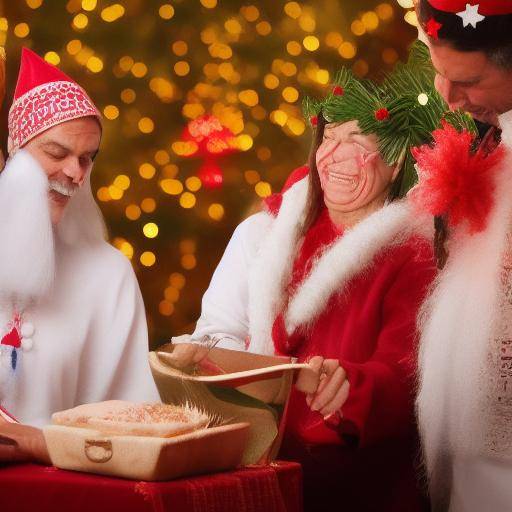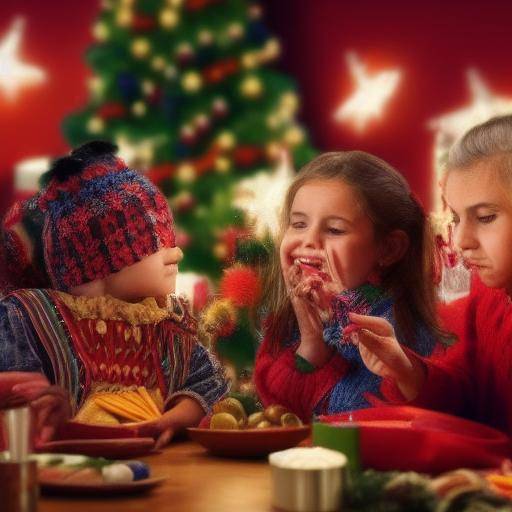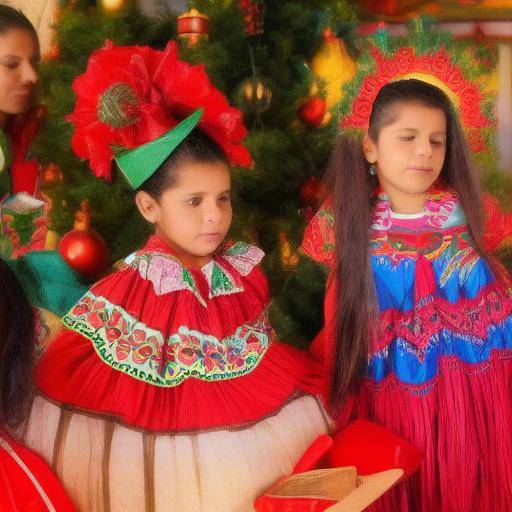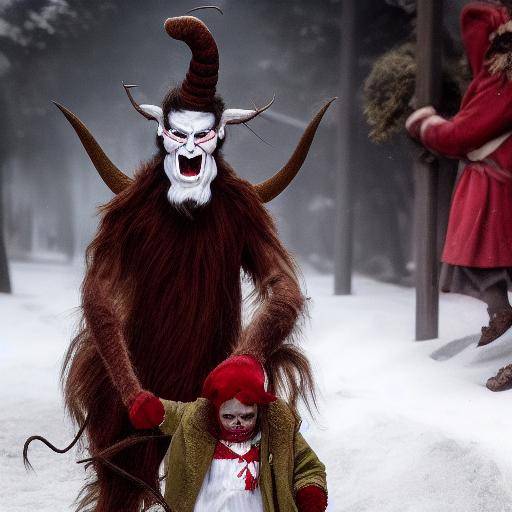
Introduction
The Christmas season is full of joy, gifts and family traditions, but in Austria, there is a figure that inspires fear of the malported children: Krampus, the Christmas demon. In this article, we will discover Krampus's fascinating history and meaning, its relationship with Christmas and how this tradition takes place in Austria. Join us on this journey to unravel the dark but intriguing figure of Krampus.
History and Background
The figure of Krampus has its roots in the pre-Christian tradition of Central Europe, where it was believed that during the festive season the evil spirits wandered around the earth. Krampus, represented as a demon with horns, was seen as St. Nicholas' companion, but unlike the generous Santa Claus, he punished children who behaved badly. The history of Krampus has evolved over the centuries, integrating into the Christmas holidays in Austria and in some parts of Germany, where Krampusnacht, Krampus Night, is celebrated on December 5.
Krampusnacht's day, men dressed in Krampus masks and suits fill the streets, scaring the children and reminding them that they should behave. This tradition has endured through generations, keeping alive the fascinating legend of Krampus, the dark side of Christmas.
Analysis in Deep
Although the figure of Krampus may seem disturbing to some, for others it is a way to keep an ancestral tradition alive and educate the youngest about the importance of goodness and responsibility. It has been studied how the Krampus narrative can influence the behavior of children, fostering positive attitudes during the Christmas season.
On the other hand, there are also criticisms of Krampus's representation as an educational method, arguing that scaring children can cause emotional trauma. However, Krampus supporters advocate that tradition is carried out in a playful manner, highlighting its value as part of the Austrian cultural heritage.
Comprehensive review
Austria, known for its stunning alpine landscapes and rich history, has embraced Krampus as one of its most entrenched Christmas traditions. While it may be disconcerting for outsiders, participation in Krampus holidays is a unique experience that allows visitors to immerse themselves in the rich Austrian culture and understand the complexity of their popular traditions.
Comparative analysis
By comparing Krampus with the Christmas holidays in Austria, there is an interesting duality between the joyful celebration of Christmas and the imposing presence of Krampus. This dichotomy between light and darkness, good and evil, adds a layer of complexity to the Christmas holidays in Austria, offering a unique perspective that is not found in other cultures.
Practical Tips and Accessible Tips
If you plan to visit Austria during the Christmas season, it is important to familiarize yourself with Krampus's tradition to fully appreciate the country's rich cultural heritage. Respecting and participating in culturally sensitive festivities will increase understanding and appreciation for this intriguing tradition.
Industry Perspectives and Expert Reviews
Experts on cultural folklore and anthropology have extensively analysed the role of Krampus in Austrian society, concluding that popular traditions such as this are essential to preserving cultural identity and fostering a sense of community.
Case Studies and Real Life Applications
Various studies have explored the psychological effects of Krampus's stories on the development of children, highlighting how fiction can impart moral lessons and ethical values through controlled fear. These studies provide an intriguing view of how cultural traditions impact human psyche from an early age.
Future Trends and Predictions
As the world moves towards greater globalization, local traditions such as Krampus can face challenges to remain relevant. However, it is expected that the uniqueness of Krampus's tradition in Austria will remain attractive to tourists and a source of pride for locals, thus maintaining its validity in the future.
Conclusion
In short, Krampus represents a unique and distinctive facet of Christmas in Austria. This mythical figure, despite its dark nature, is a testimony of the rich and diverse cultural heritage of the Alpine country. In understanding the history and meaning of Krampus, visitors and observers can appreciate the complexity of Austrian Christmas holidays and immerse themselves in the fascinating tradition that continues to captivate audiences of all ages around the world.
Frequently asked questions
**What is the story of Krampus in the Austrian Christmas tradition?**The figure of Krampus has its origins in the pre-Christian beliefs of Central Europe, where it was seen as an evil spirit that punished naughty children during the festive season. In Austria, this tradition has merged with the celebration of Christmas, giving rise to Krampusnacht, a unique celebration that reflects the duality between light and darkness in the Christmas holidays.
**What role does Krampus play in the holidays of Christmas in Austria?**Krampus complements the figure of St. Nicholas in the Christmas holidays in Austria. While St. Nicholas rewards good children with gifts, Krampus scares naughty children to remind them of the importance of behaving well. This duality between reward and punishment is an integral part of the Christmas holidays in Austria.
**What are the most important festivals related to Krampus in Austria?**The most outstanding celebration is the Krampusnacht, the Krampus Night, which is held on December 5. During this festival, men dress like Krampus and walk the streets, frightening children and spectators with their elaborate costumes and masks, keeping alive Krampus's ancestral tradition.
**How has Krampus tradition adapted to modern times?**As society evolves, Krampus's tradition has experienced adaptations to meet modern sensitivities. Regulations have been established to ensure that Krampus representations are safe and respectful, with an approach to preserving the authenticity and essence of the celebration.
**What is Krampus's perception of Austrians?**For many Austrians, the figure of Krampus is an intrinsic part of its cultural heritage and is considered with affection. While it can inspire fear on children, Krampus is valued as an essential component of the Christmas holidays that reflects the country's rich folklore and tradition.
**What is the reaction of tourists and visitors to the Krampus tradition in Austria?**Tourists are often fascinated by Krampus tradition, considering it a culturally enriching experience. The combination of the mystical figure of Krampus and the warmth of the Christmas celebrations in Austria usually leaves a lasting impression on visitors.
In conclusion, Krampus, Christmas and Austria come together in a fascinating cultural amalgam that highlights the diversity and wealth of Christmas traditions in the Alpine country. This immersion in the Austrian folklore demonstrates how cultural heritage and the festive spirit intertwine to create a unique and unforgettable Christmas experience.

